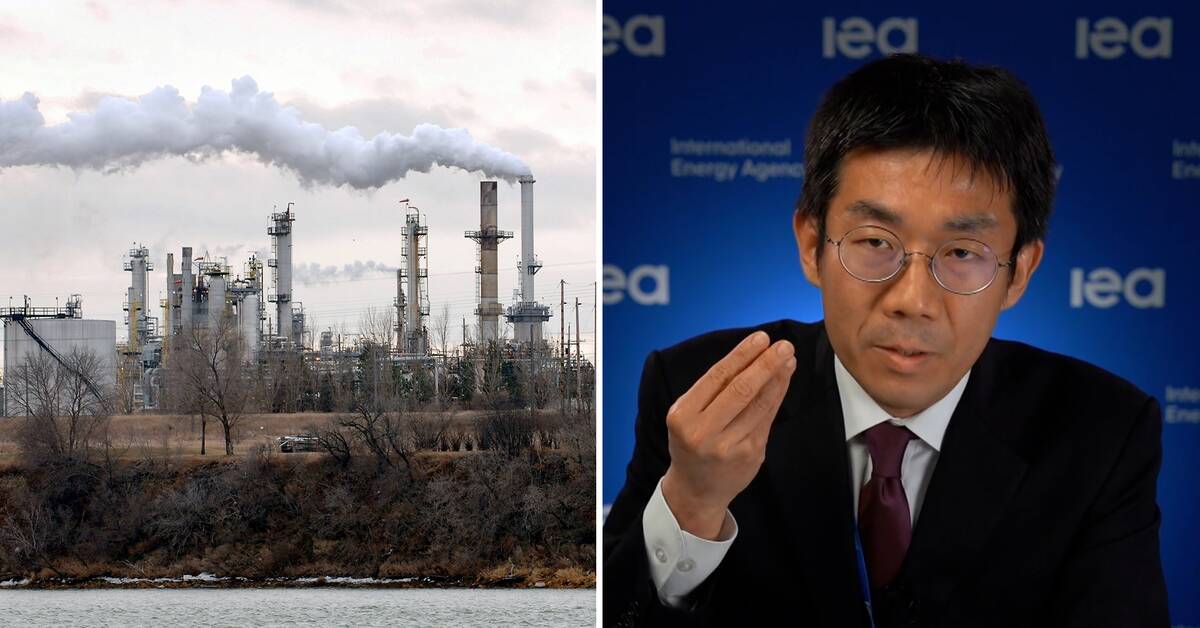Price caps and other consumer subsidies for gasoline and diesel, electricity and gas amounted to about $2022 billion in 1100, or $12,000 billion. The high prices after the Ukraine war have meant that subsidies have more than doubled compared to 2021, according to a new report from the International Energy Agency IEA.
"It is disturbing that they remain, despite the fact that all countries have promised for at least 14 years to remove or reform the subsidies," says Jacob Skovgaard, a political scientist at Lund University who has studied fossil subsidies.
Government subsidies for oil and gas make it harder to meet climate goals, the IEA says, because they discourage thrift and make renewable alternatives less competitive.
Provides political support
Most of the fossil fuel subsidies included by the IEA are given in developing or emerging countries. More than half is distributed in countries that produce oil and gas themselves (see box). Many countries consider the subsidies necessary to reduce fuel costs for poor people. Critics believe the subsidies are a way to buy political popularity and stability.
Moreover, the total support for fossil fuels is greater than the IEA's estimate. This does not include aid to producers or tax relief.
Threatening climate goals
The record support for fossil fuels comes at the same time as the UN's climate panel warns that the world is about to miss the climate goals greatly. The IEA states in another report that emissions continued to increase last year, up 1 percent.
"This is a difficult message for the climate transition. We have had declining subsidies for ten years, but with the war there was a rebound effect. But I think there will be a small bump in the curve that will not affect the transition in the long term, because there is now such momentum in renewable energy as solar and wind power, says Måns Nilsson, director of the Stockholm Environment Institute.

